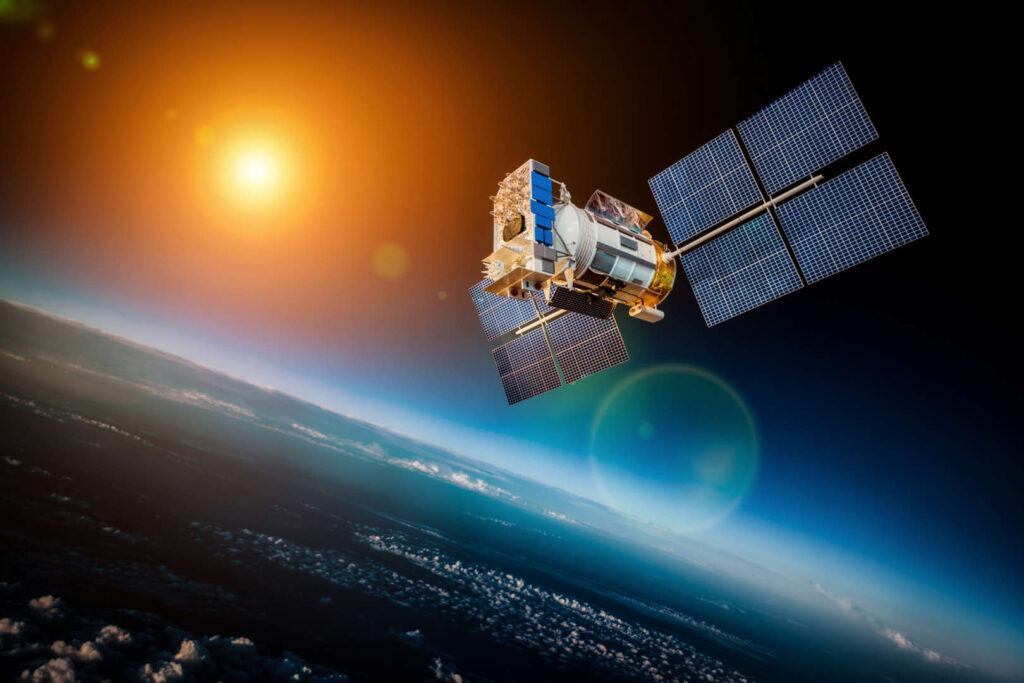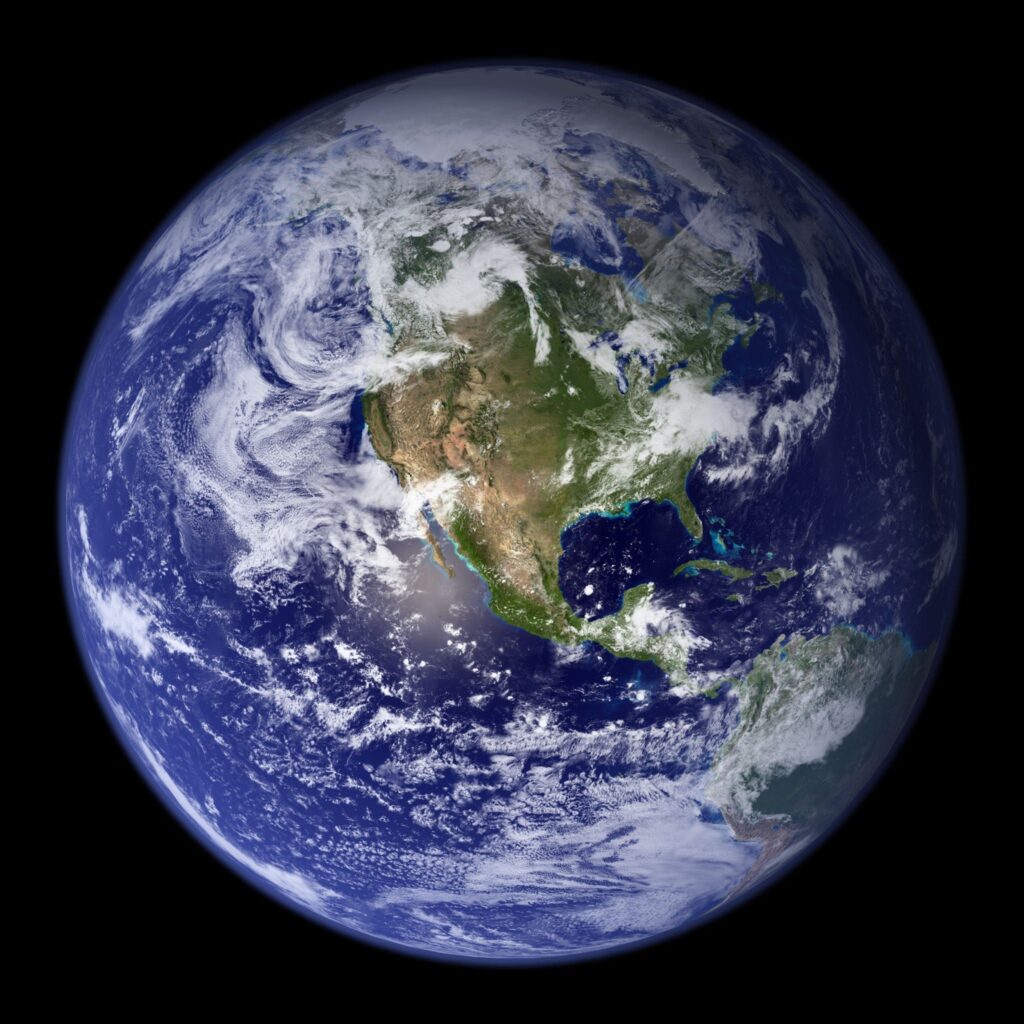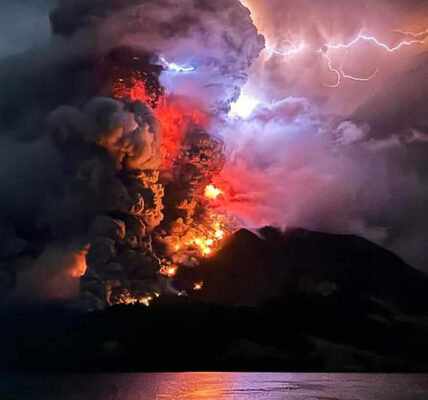The Return of a Satellite: What to Expect
Learn about the upcoming satellite re-entry and its significance for Earth observation.
 Get ready for an extraordinary event: a satellite is coming back to Earth! It’s not just any satellite – it’s the European Remote Sensing 2 satellite, affectionately known as ERS-2. Launched back in 1995, it served faithfully until its retirement in 2011. Now, after thirteen years of orbiting, it’s time for its final journey.
Get ready for an extraordinary event: a satellite is coming back to Earth! It’s not just any satellite – it’s the European Remote Sensing 2 satellite, affectionately known as ERS-2. Launched back in 1995, it served faithfully until its retirement in 2011. Now, after thirteen years of orbiting, it’s time for its final journey.
So, what’s the deal with this re-entry? Well, the European Space Agency (ESA) estimates that ERS-2 will make its grand return around Wednesday, February 21, at 2:34 am. But here’s the catch – they can’t pinpoint the exact time or place. It’s like trying to guess where a leaf will fall from a tree on a windy day. There’s a margin of error of about 31 hours on either side of the estimated time.
Why the uncertainty? It’s all about physics. You see, the satellite’s orbit is decaying because of atmospheric drag, which is influenced by solar activity. In other words, it’s a natural process that’s beyond our control.
But don’t worry too much about safety. When ERS-2 re-enters the atmosphere, it will break up into smaller pieces, most of which will burn up before they even reach the ground. The chances of anything causing harm are very low, according to the ESA.
ERS-2 has had quite the journey. Alongside its predecessor, ERS-1, it revolutionized our understanding of Earth. From monitoring natural disasters to studying our planet’s oceans and polar caps, these satellites have been our eyes in the sky.
 It’s a bittersweet moment as we bid farewell to ERS-2. Its data has helped us unravel mysteries about our environment and the impact of human activity on Earth. And while we say goodbye to this pioneering satellite, we look forward to the future of space exploration and Earth observation.
It’s a bittersweet moment as we bid farewell to ERS-2. Its data has helped us unravel mysteries about our environment and the impact of human activity on Earth. And while we say goodbye to this pioneering satellite, we look forward to the future of space exploration and Earth observation.
As the big day approaches, the ESA’s Space Debris Office is keeping a close watch on ERS-2. They’ll be providing updates as we get closer to the re-entry date.
In conclusion, the return of ERS-2 is a reminder of the incredible feats of technology and exploration that humanity has achieved. So mark your calendars and keep an eye on the skies – you might just catch a glimpse of history in the making.




